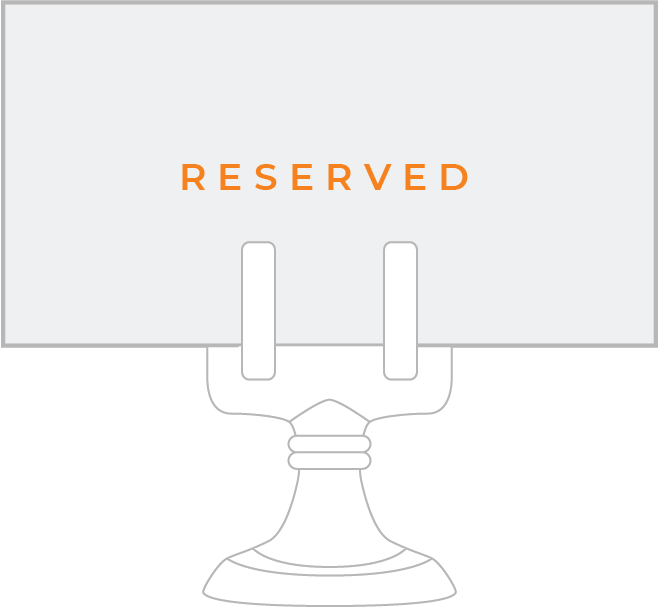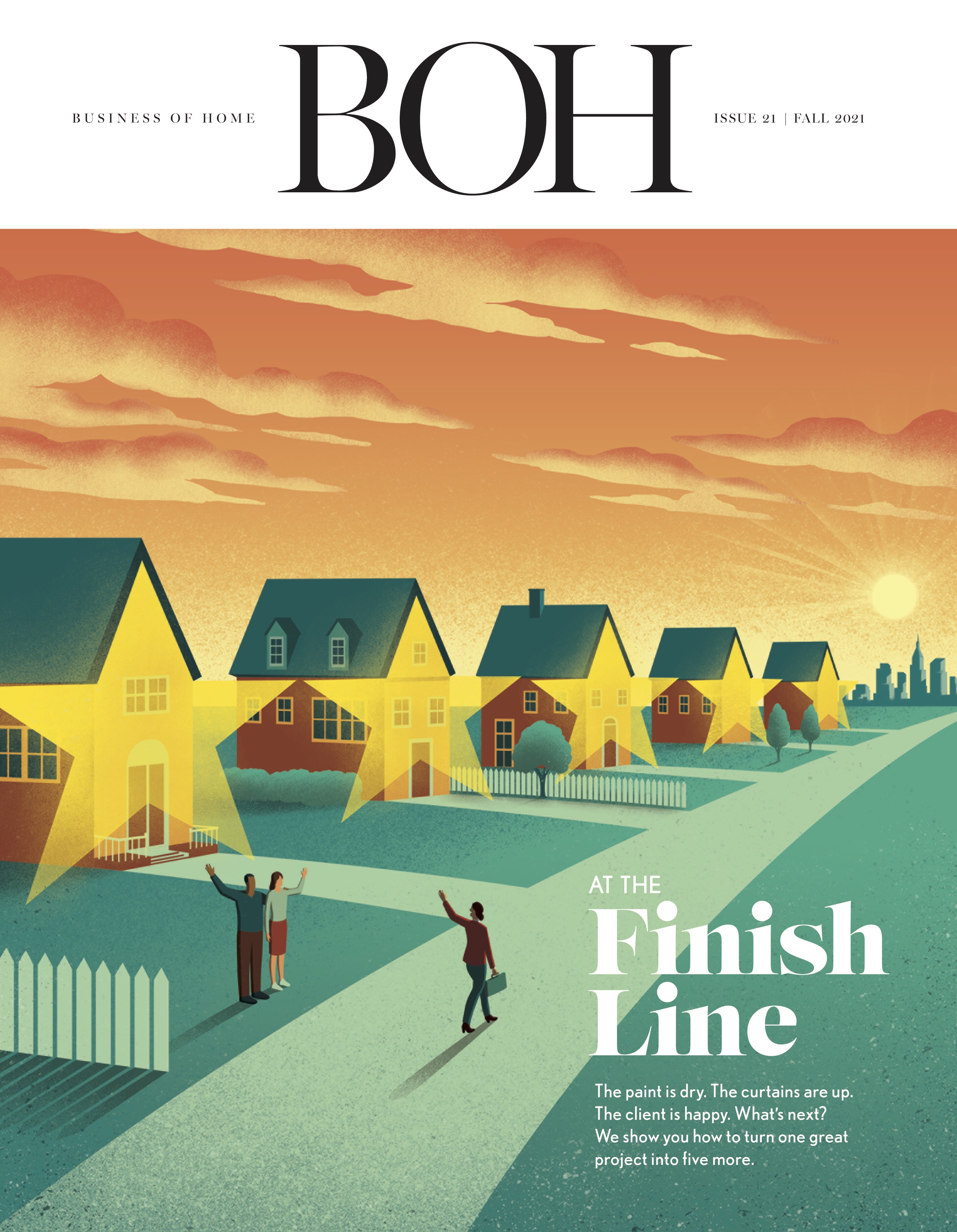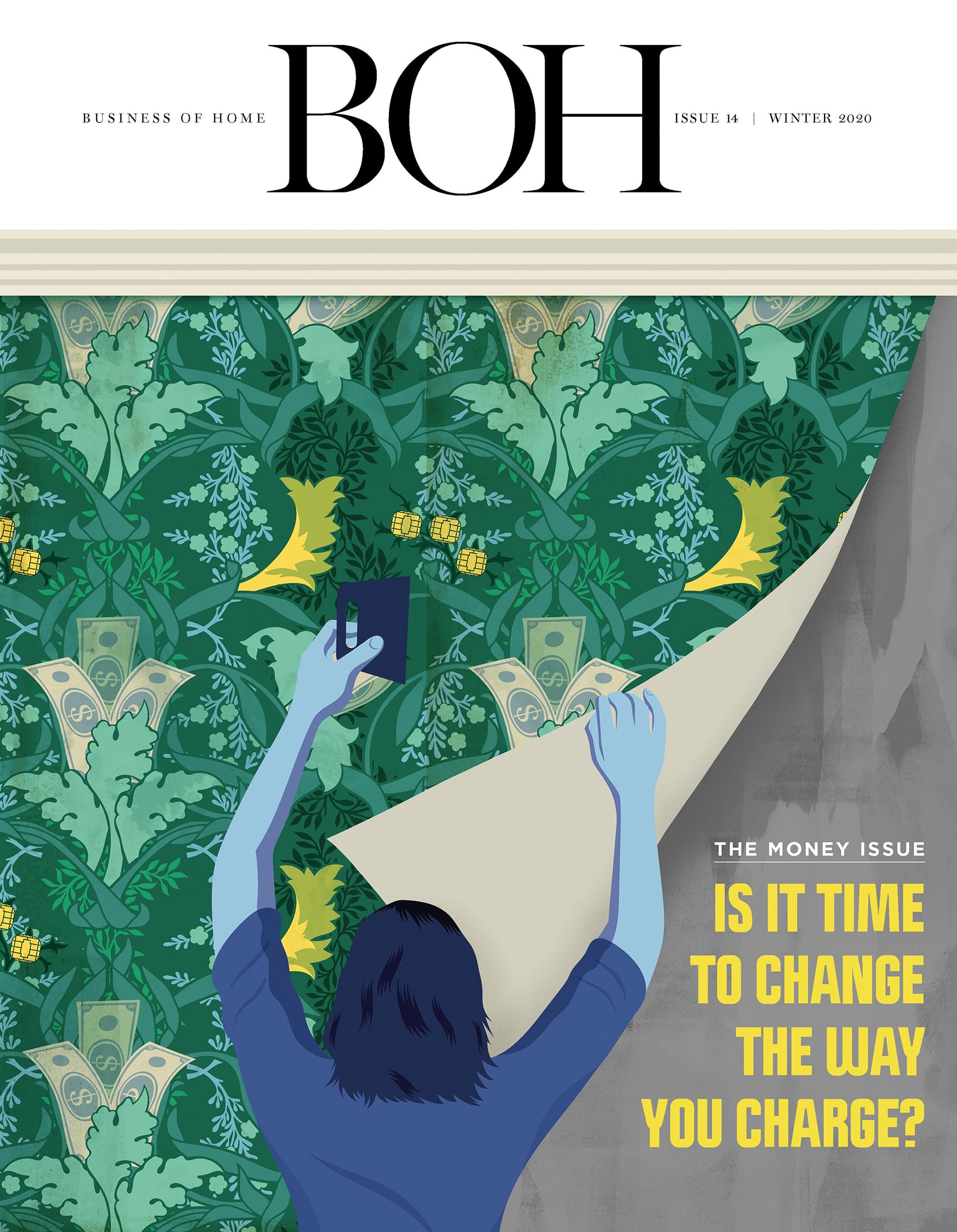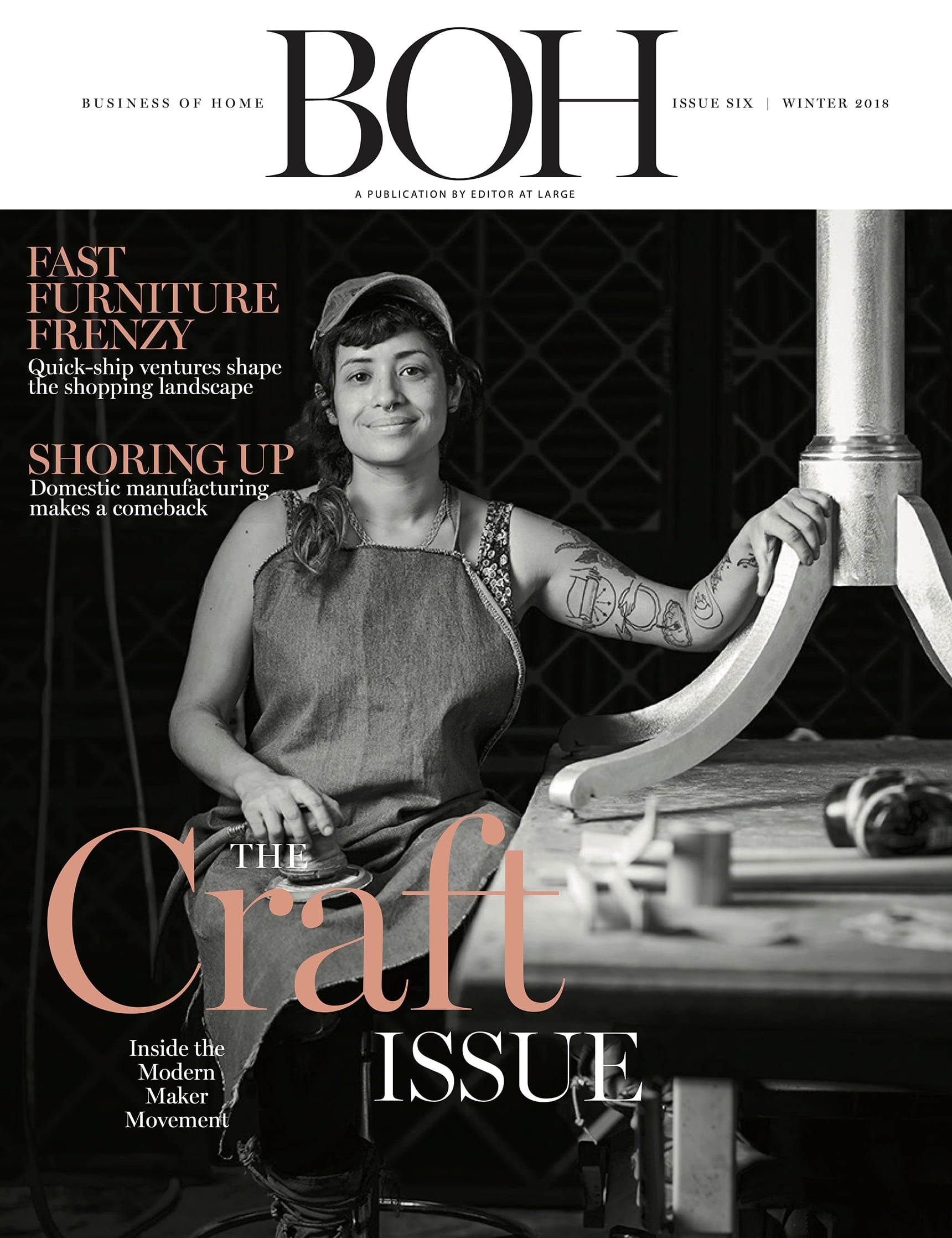Your contract should be more than just a formality—it can also define your services and protect your business. Here’s how to maximize its impact so that there’s nothing but smooth sailing for the rest of the design process.
Part of a designer’s job is to consider solutions a client might never think of, like how a home’s color palette will flow from room to room, or how to layer tones and textures perfectly. But from time to time, there are challenges that even the most seasoned professionals are unprepared to face. For New York–based designer and architect Barry Goralnick, that moment came when, midway through a project with a middle-aged client, the woman suddenly died. In addition to navigating the emotional toll of the situation, Goralnick had to decide what to do about all the furniture he had ordered, a good portion of which was still not paid for. While, thankfully, it was a unique experience, the situation taught him the importance of having an iron-clad contract that provides legal recourse for collecting what you’re owed.
A contract is a designer’s insurance, a way of defining their services and protecting them and their business. And within the overall design process, sending out a contract is not just a box to check in order to get to the good part, but rather a crucial step. A strong design contract will outline the scope of work, ensure that the designer will be compensated accordingly should that scope increase, spell out what the firm is and isn’t liable for, and even define the terms of arbitration should a relationship sour.

BOH subscribers and BOH Insiders.










































